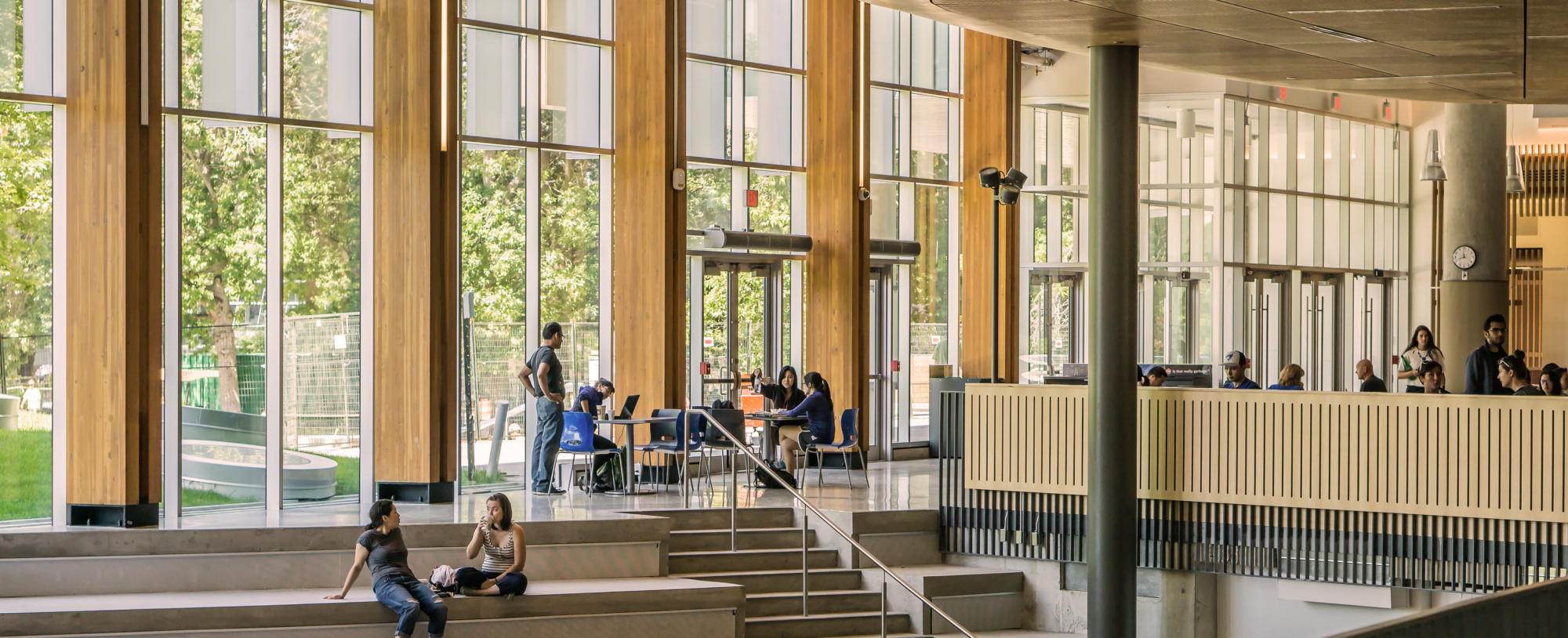There’s never been a tougher time to run a modern university. Last month Trump proposed significant cuts to higher education funding in his 2020 budget, the UK faces losing European funding and in Australia it’s a challenge “to get enough funds to manage the building and meet recurrent costs.” To deal with this shortfall, universities are reducing pastoral care and other areas of student support, as well as curtailing investment in buildings. Conversely, this has become an opportunity for estates to shake up their FM strategies, as the pressures to achieve more with less have led to more assertive actions.
Aging university building stock is becoming increasingly inefficient and costly to run. A report by the Australian Sustainable Built Environment Council (ASBEC) highlighted the education sector as having some of the most cost-effective carbon reduction opportunities – helping the country meet its targets under the Paris Climate Change Agreement as well as saving millions of dollars in wasted energy. University estates are increasingly either using or are looking to implement FM software systems to better manage budgets through more efficient management of energy, assets, space and human resources.
Sustainability through asset management
CAFM tools are able to identify areas of high energy usage, and when integrated with sensors or a booking management module can automatically switch off HVAC and lighting in unoccupied areas. Poorly maintained or faulty assets are often a cause of high energy consumption, as components become less efficient as they approach end of life. CAFM asset lifecycle tools can predict the costs of maintaining each asset over its lifespan to allow for better budgeting, and highlights the most cost effective measure of maintenance – periodic maintenance, call out or complete refurbishment. This also ensures assets are more reliable to maintain a high quality learning environment for the students, and in turn keep a campus competitive when it comes to future enrolments.
Space, and the lack thereof
In California the demand for higher education has grown but funding has not, leading to students being “crammed” into campuses and are “now more likely to be squeezing three students into a dorm room instead of two.”
Space management software is becoming more popular among colleges and universities, especially those which have organically grown over the years. One UK report suggests that there is great opportunity to use space more intensively, with university space lying empty for on average 60% of the time. Software allows the estate team a visual way to understand how the campus is being used and identify areas of underused space. Different floor plans and scenarios can be tested on screen for viability, and move management plans set up to ensure a smooth transition.
While upkeep of student accommodation is a continual cost, some universities are offsetting this by renting rooms to holiday makers in summer months, or to businesses for accommodation for conferences and managing availability through their CAFM system’s booking system. This enables the space to be used more profitably, and also improves the status of the campus as it brings a new section of the community through the doors.
Maintenance like clockwork
Planning maintenance and responding to reactive maintenance in a timely fashion, whilst avoiding disrupting teaching and exams, can be problematic across a large, multi-campus estate. Managing this can be a stab in the dark without data, and the insight gained from regular, accurate reports can keep the campus running like clockwork with less wasted resources. Cardiff University, UK, has noticed far reaching effects from the improved access to data: “The performance of the estate and its effect on the performance of the University and its staff and students are inextricably linked. We are now able to analyse and report upon FM data with a high degree of accuracy and use this information to drive performance and improve our speed of service.” Similarly with Edith Cowan University, Australia, who uses QFM from Service Works Global to rapidly identify trends and patterns to make decisions and drive future strategy. Regular reports improve performance by identifying why (if any) targets are missed, therefore optimising the work of the team and keeping the campus in the best possible shape for the least expenditure possible.
For more information on QFM and how it can benefit colleges and universities, contact us for an online demonstration here.






